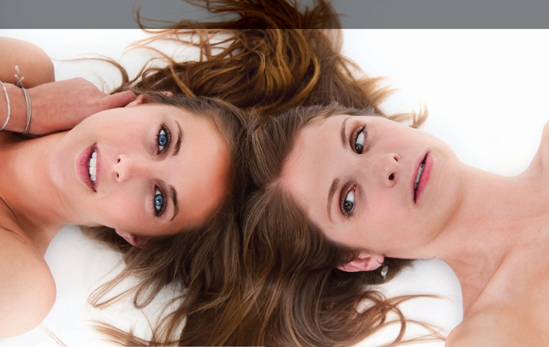Chapter 3. Portrait Techniques

Posing
Posing refers to the arrangement or positioning of a model—or other subject of a photographic portrait.
To say that somebody is "positioned" suggests that they are passive, and completely being directed by the photographer. This is, in fact, sometimes the case. But usually when a photographer and model work together, the best poses are created through a collaborative process.
The photographer-subject relationship gets even more emotionally complex when the portrait is being taken of a subject who is not a professional model. Non-professionals are inexperienced and may be awkward in front of the camera. It may take considerable effort to help an amateur feel comfortable posing. A successful session depends upon the interaction of both players in the drama.
The more casual the photography, the less control over posing the photographer can expect. For example, in street photography, you very rarely get to tell your subjects how to pose. The best you can expect is to watch the movements your subjects make, and pick good moments to make your photographs. And as you might expect, making an unwilling kid hold a pose is nearly impossible!
The impact of posing made by the photographer and subject varies according to the many different kinds of portrait photography. But it's true overall from the photographer's viewpoint that posing involves both the visual ...
Get Creative Portraits: Digital Photography Tips & Techniques now with the O’Reilly learning platform.
O’Reilly members experience books, live events, courses curated by job role, and more from O’Reilly and nearly 200 top publishers.

